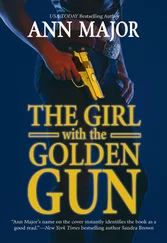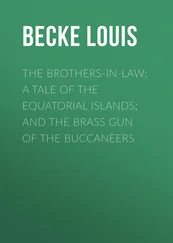“MEN OF ACTION AND ADVENTURE,” it hailed.
This was Paladin Press of Boulder, Colorado, offering me a fifty-page catalog of books and videos on “new identity, improvised explosives, revenge, firearms, survival, and many other outrageous and controversial subjects.” I sent in my dollar and soon afterward received a catalog chock-full of books every red-blooded American really ought to be reading.
Inside I found dozens of books that promised to turn me into a major neighborhood asset. Here, for example, were Breath of the Dragon: Homebuilt Flamethrowers; Improvised Land Mines: Their Employment and Destructive Capabilities (“Just in case your future includes a little anarchy,” the blurb reads); Ragnar’s Guide to Home and Recreational Use of High Explosives (with the author’s techniques “a single individual can easily dig a dry well, redirect creeks, blow up bad guys and perform a host of otherwise impossible chores of immense benefit to mankind”); Hit Man: A Technical Manual for Independent Contractors , purportedly written by a practicing professional named Rex Feral; and Death by Deception , on how to turn ordinary objects like computer modems and showerheads into deadly booby traps.
Here too I found the How to Kill series by John Minnery, all six books now packaged in one handy 512-page volume called Kill Without Joy: The Complete How to Kill Book , whose chapters according to the catalog “provide gruesome testimony to why these books have been banned by certain countries around the globe.” The catalog calls this a how- to history of murder, but quickly inserts its catchall disclaimer, “For information and academic purposes only!”
I ordered Kill Without Joy . Paladin, the L.L. Bean of mayhem, delivered it shortly thereafter.
The book begins: “The object of this study is to instruct the reader in the techniques of taking another human life, up close, and doing it well.” It includes a chapter called “Smothering” and offers a few tips on decapitation. “If the subject’s execution is to be ritualized, kneel him down, hands tied behind his back. Pass the blade of the weapon lightly over the back of his bowed head. This causes the muscles to stiffen.”
Interested readers can find the book in the rare-book collection of the Library of Congress in Washington, D.C. Not because it’s at all rare, however. “For security reasons,” a librarian there told me. “A book like that wouldn’t stay on the shelf for long.”
Paladin Press merits closer examination. It represents the distillation of the attitude of nonresponsibility that prevails in America’s gun culture and that so influenced the evolution of Nicholas Elliot’s gun. At a time when America is struggling with a rising tide of violence, Paladin Press enthusiastically peddles primers on how to produce such violence. Its books are well-known to police and federal agents across the country, who have found them in the libraries of serial killers and bombers. Paladin, moreover, is but one company, albeit the most visible, in a little-known industry nurtured by America’s infatuation with violence and sheltered by the free-speech guarantees of the First Amendment. Often referred to as the “gun aftermarket,” the industry includes scores of small companies devoted to peddling murderous know-how of all kinds, including at least one guide to torture. That such an industry exists at all demonstrates how deep the roots of our infatuation with guns and violence descend.
♦ ♦ ♦
Paladin Press keeps a low profile in Boulder, a town whose pronounced leftward lean prompts many residents to refer jokingly but pridefully to the city as the People’s Republic of Boulder. A business columnist for the Boulder Daily Camera , the city’s newspaper, had never heard of the company. Nor had anyone at the city’s public broadcasting radio station. Paladin occupies several small, nondescript buildings a few blocks north of Pearl Street, the city’s chic pedestrian mall. No sign announces the location, just a small plaque by a side door to the main building.
The company, however, makes no effort to discourage inquiries. Its owner, Peder Lund, is unabashedly candid about the 450 books he sells and his motives for doing so.
“I prefer to make decisions about publishing based on what we want to publish and what our customers want, rather than acceding to any particular desire for respectability,” he told me. With a gravelly laugh, he added, “Why bother? It’s not on my agenda.”
Lund is a midsize man with dark hair, steady blue eyes, and a deep, assured voice. Although his roots are Scandinavian, at first glance he leaves an impression of Irishness. His nose is on the long side of pug, his ears are cantilevered outward in a mildly elfish way. As always, a fully loaded .357 Magnum revolver rested on the right-hand surface of his desk, in full view.
Lund and a partner, Robert K. Brown, founded Paladin in 1970 after both had served with the Army’s Special Forces in Vietnam. The two first met in Miami in 1964 where Lund was working on a plan to lead a group of amateur soldiers into Castro’s Cuba to rescue some refugees and to capture the whole heroic saga on film. “It was a harebrained scheme hatched by harebrained people, myself included,” Lund said.
Brown advised Lund not to get involved. The plan stalled of its own accord.
In July 1964, Lund joined the Army and in December 1966 went to Vietnam, where he served as a second lieutenant and company commander. He joined the Special Forces in July 1967. He fought in the Central Highlands until July 1968 when the Army tried to transfer him to the U.S. to run a training company. “It was a waste of talent,” he said. He quit the service, did odd jobs, until he and Brown founded Paladin in 1970, taking the name Paladin not from the lead character in the old TV series “Have Gun Will Travel,” but from a class of medieval knight that rode about the countryside correcting injustice.
Paladin Press had no particular interest in righting wrongs, however. “The point,” Lund told me, “was pure profit.”
Initially Paladin concentrated on subjects in which Lund and Brown felt they had some professional expertise, such as guerrilla warfare and firearms. Paladin’s first title was Silencers, Snipers and Assassins by J. David Truby, a book Paladin still sells.
Brown left Paladin in 1974 to found Soldier of Fortune magazine, also based in Boulder. Paladin branched into other topics. Lund had noticed an increasing interest in survivalism during the last days of Jimmy Carter’s administration. Lund moved to capitalize on the trend and published Life After Doomsday , a guide intended to help individuals, families, and small groups survive after a nuclear holocaust. Lund also published The Great Survival Resource Book , a consumer’s guide to the tools of survival. The book evaluated weapons, water-filtration systems, and other products.
In 1980, Paladin expanded beyond the survival movement with Get Even: The Complete Book of Dirty Tricks , a half-serious primer on nonlethal revenge by an author using the name George Hayduke, a name more widely recognized as that of the maverick environmentalist in Edward Abbey’s The Monkey Wrench Gang . Lund approached Hayduke with the idea, he said, “because I realized there was a great deal of frustration among people against institutions that screwed them.” Get Even remains a Paladin staple, its top seller as recently as the autumn of 1992; Hayduke became one of its star authors, identified in Paladin’s catalog as the “Master of Malice.”
Nicholas Elliot might have produced a better silencer if he had read Paladin’s catalog and ordered Hayduke’s The Hayduke Silencer Book: Quick and Dirty Homemade Silencers . “These simple, effective silencer designs are your passport into the world of muffled mayhem,” the catalog says of the Hayduke classic. “And best of all, they can be made right at your kitchen table with common items found around the house.” Or, Nicholas could have picked any of seven other books advertised on the same page, including several more how- to primers on silencers and books on the history and fundamental design requirements of effective sound suppression.
Читать дальше
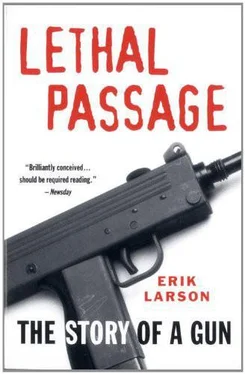
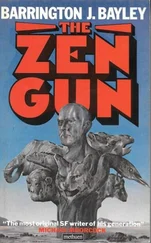
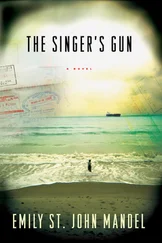

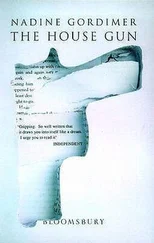

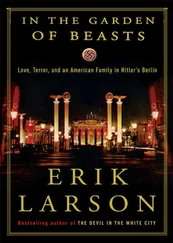

![Ричард Деминг - Whistle Past the Graveyard [= Give the Girl a Gun]](/books/412176/richard-deming-whistle-past-the-graveyard-give-t-thumb.webp)
